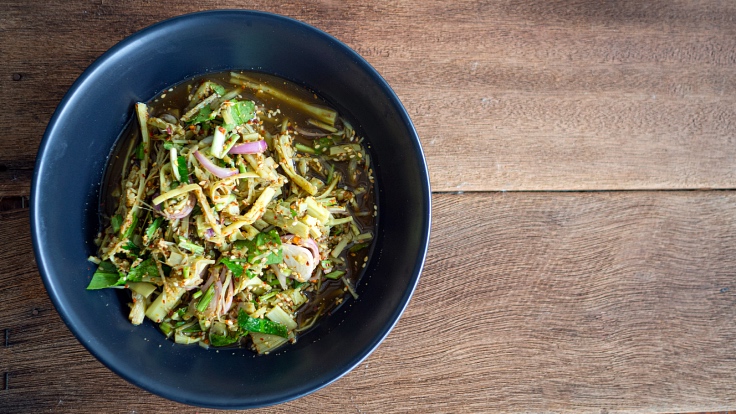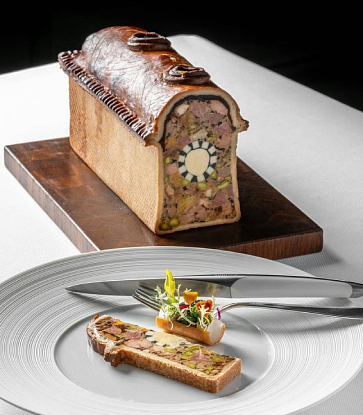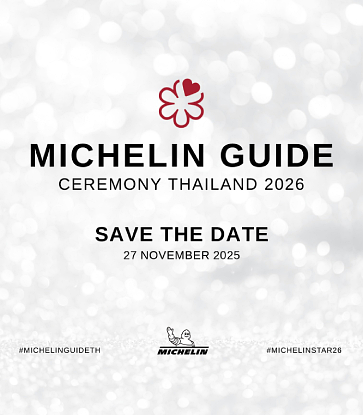When you think about Thai food, phad thai, tom yam, green curry may come across your mind.
But what about Northeastern Thai aka Isan food?
Discussions about Northeastern Thai food, or Isan food, usually include its outstanding and long-honed wisdom of fermenting and pickling, where we find equal parts art and science.
Southeast Asian inhabitants have been practising this culinary wizardry regularly since ancient times, according to Sujit Wongthes’ book Aharn Thai Ma Jak Nai? (Where did Thai food come from?) Preserving food so it can last years is exemplified with such items as fermented fish, or pla ra. Archaeological evidence scattered throughout territories on both sides of the Mekhong River, as well as the Northeastern region of Thailand, include excavated pottery jars – that contained remnants of pla ra. Some of these jars were buried with corpses and date as far back as 3,000 years ago.

Furthermore, the Northeast highlands of Thailand, home to the Korat Basin and Sakon Nakhon Basin, have been sources for rock salt production since ancient times. The area’s geographical history indicates that it used to be a sea, and this has led to continuous salt production across many provinces through to modern times. As salt is a primary ingredient for fermentation as well as pickling, it is no surprise that the Isan region has prominence in this culinary wisdom.

Isan pickles and fermented foods: a long-standing local wisdom making a comeback
You can find the art of “fermentation” (a microbial process whereby a reaction changes the taste, smell, and colour of food while preserving it) and “pickling” (a non-microbial process involving soaking food in salt water or vinegar to change the taste and to preserve it) in cuisines around the world, starting from ancient civilizations. Loaded with healthy probiotics and prebiotics, both sources of good bacteria that helps digestion, it’s clear why countless chefs are dusting off renowned Isan fermenting and pickling techniques and injecting them into their culinary creations. For a further understanding of these amazing processes that originated in the Northeast, let’s have a look at some of the most popular fermented and pickled Isan dishes.

Pla daek or pla ra
“Pla daek” is a term long used by people living on both sides of the Mekhong River. It refers to fish that has been marinated in salt and tightly stuffed into jars. However, people from Central Thailand usually refer to this as “pla ra”. Whatever you call it, it is the heart and soul of Isan food, found in many different dishes. Adding a touch of spiciness and well-roundedness, it is often added to Northeastern and Lao favourites like som tams, curries, soups, spicy salads, chilli paste, jaew bong (chilli paste), etc.

Som pak
Similar to Korean kimchi, Isan denizens call their pickled veggies som pak. This dish can be found all across Isan with flavours distinctively different from pickled vegetables you would find in other regions of Thailand. Som pak can be made from different vegetables, be it green onions or white cabbage, wild spider flowers or garlic chives. The varieties seem limitless. Its sour tang helps cut through spiciness and fattiness, complementing other dishes.

Fermented meats
Isan is home to countless fermented meats. Sai krok Isan is a tangy sausage that’s endlessly popular and found in most Isan restaurants. Mam is a subset of the Isan sausage family, but it includes offals, such as livers and spleens, and other ingredients, such as cow bile, garlic, and ground roasted rice. When it comes to freshwater fish, the Isan region has a plentiful supply, thanks to the Mekhong and the Mun Rivers. There’s also a plethora of freshwater ponds. Besides making pla ra, freshwater fish are fermented too. Pla som is fish fermented with salt, while pla chao is made with fermented rice. Pla jom sees tiny fish like minnows fermented with rice and salt. The shrimp version is kung jom. Besides all that, there’s also som moo, fermented pork. If beef or buffalo meat is used, it is som nua.

Ou, Isan sato rice wine
Ou is a local Isan alcoholic beverage made from fermenting sticky rice with a starter culture made from many herbs. It is also known as lao to or sato. This is a culinary tradition prevalent in many localities throughout the northeast of Thailand, so it’s a shame that the government does not place any value on this wisdom, let alone give it the support it deserves. Nevertheless, we have witnessed local producers trying to conserve this art, while top chefs are also interested in maintaining and extending this wisdom. Locally produced sato has become an ingredient in their dishes or even served as beverages with meals from street stalls to fine dining establishments.

Time-Honoured Isan culinary wisdom makes its way into the MICHELIN Guide
There’s no doubt that the Isan tradition of fermenting and pickling is an important cultural asset that is behind delicious dishes at Isan restaurants all over Thailand, including a recent addition to the latest edition of MICHELIN Guide Thailand, Ayutthaya province’s Kampun Gai Yang (MICHELIN-listed restaurant, MICHELIN Guide Thailand 2022). This MICHELIN newcomer makes mouth-watering statements with their fantastic fermented fish sauce. Using the original recipe from the owner’s grandmother, originally from Nakhon Phanom province, their pla ra is the secret ingredient adding a zest and spiciness to their dishes such as som tam, vegetable curry with mushrooms and red ant eggs, and even homemade grilled beef sausages. These sausages feature an authentic recipe from Nakhon Phanom with beef and glass noodles fermented until the perfect sour notes are reached.
As for Chalee Kader’s contemporary Isan restaurant, 100 Mahaseth (Bib Gourmand, MICHELIN Guide Thailand), there’s loads more on the menu beyond their comprehensive varieties of som tam. Giving a new spin to sai krok Isan, they stuff boneless chicken wings with sticky rice mixed with different seasonings. Left to dry for 3-4 days to develop its sour taste, the sausage is then grilled so the chicken skin becomes deliciously crispy. This is one of the biggest stars of the restaurant that breathes new life into Isan cuisine, so don’t miss ordering it. Another creative dish is their khao jee. This local snack uses soft, aromatic sticky rice from Khon Kaen. It’s shaped into bite-sized pieces and dipped into pla ra seasoned egg. Then it gets another slather of pla ra before it is grilled until a delicious aroma fills the air. This comforting delight is served with a side of jaew bong.
The fermenting and pickling is a truly Isan culinary tradition, time-honoured and continuing to create great flavours. Whether an authentic preparation or a creative application, it’s all equally fascinating experiences worth a taste. Or two.




















